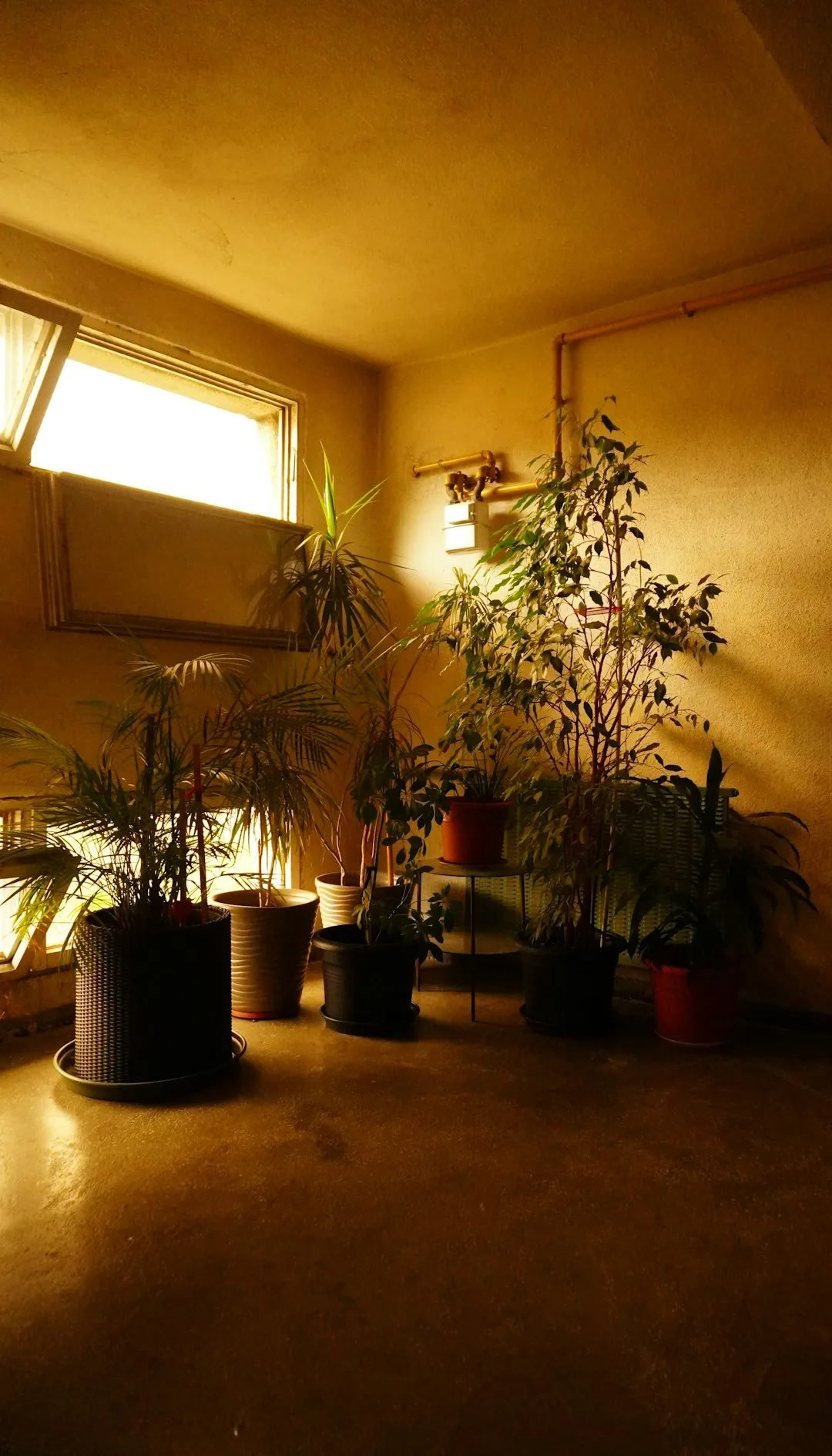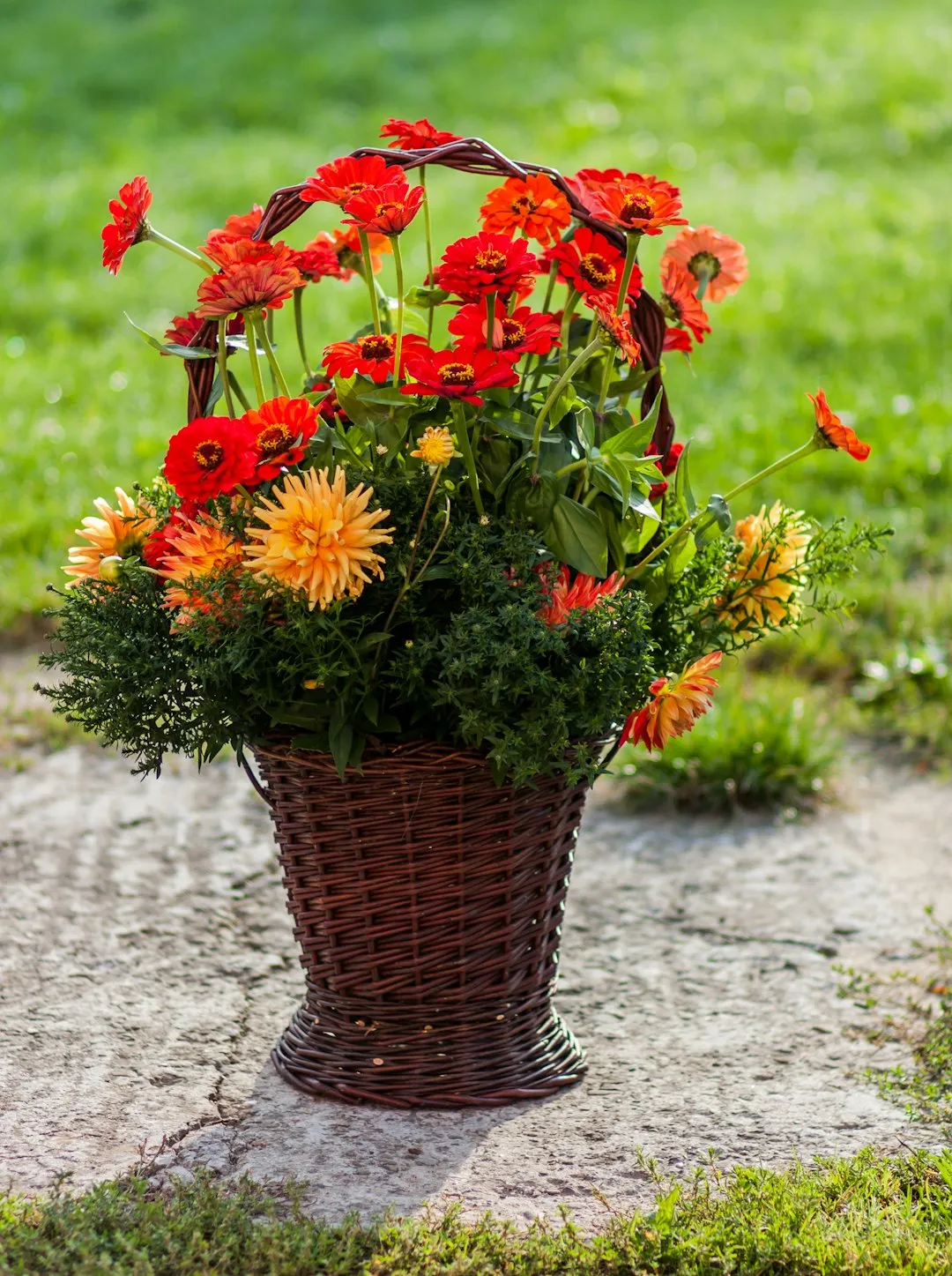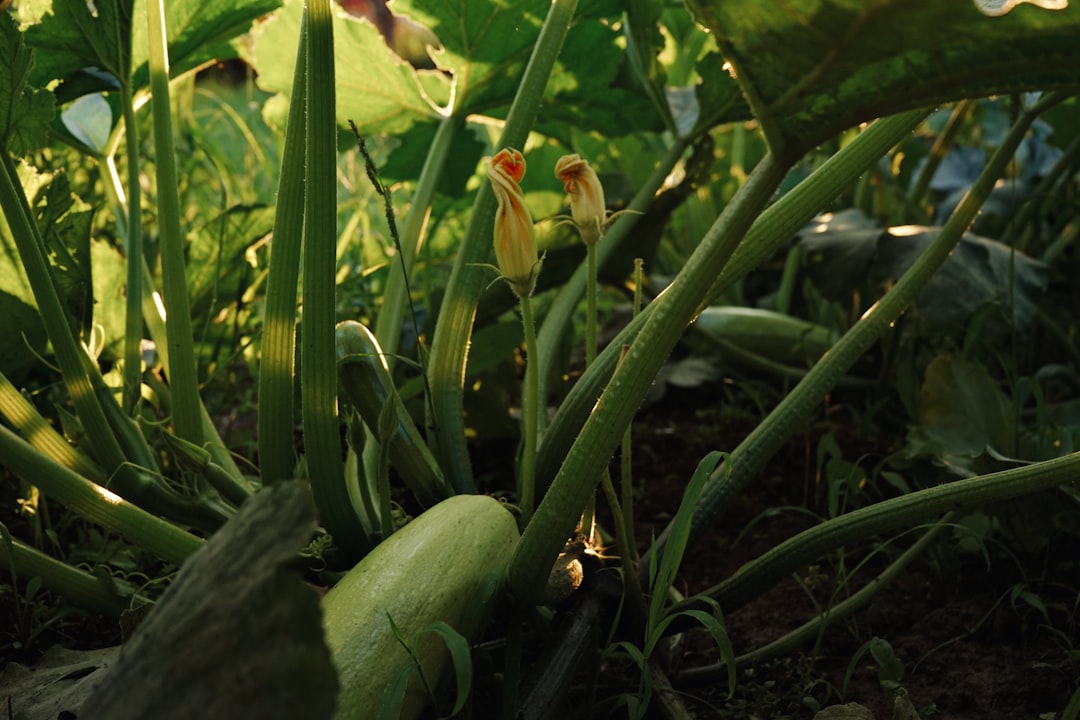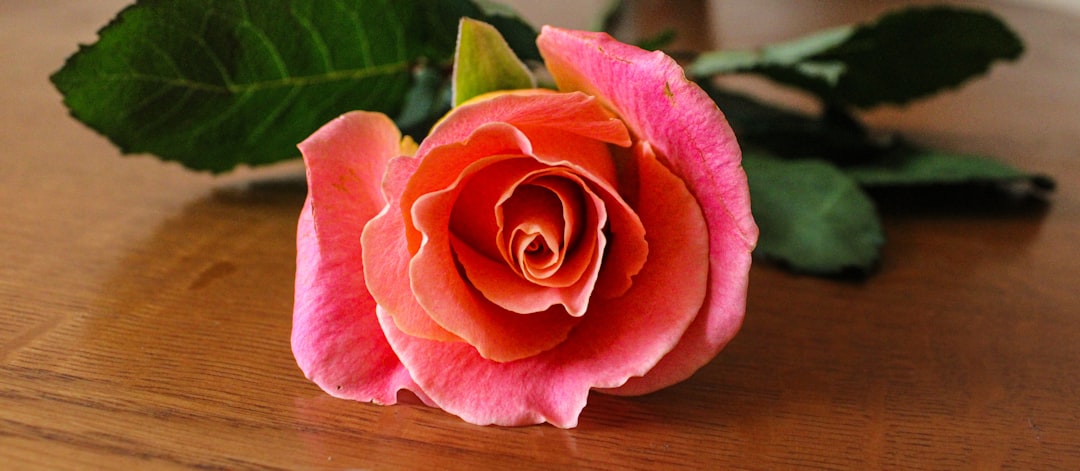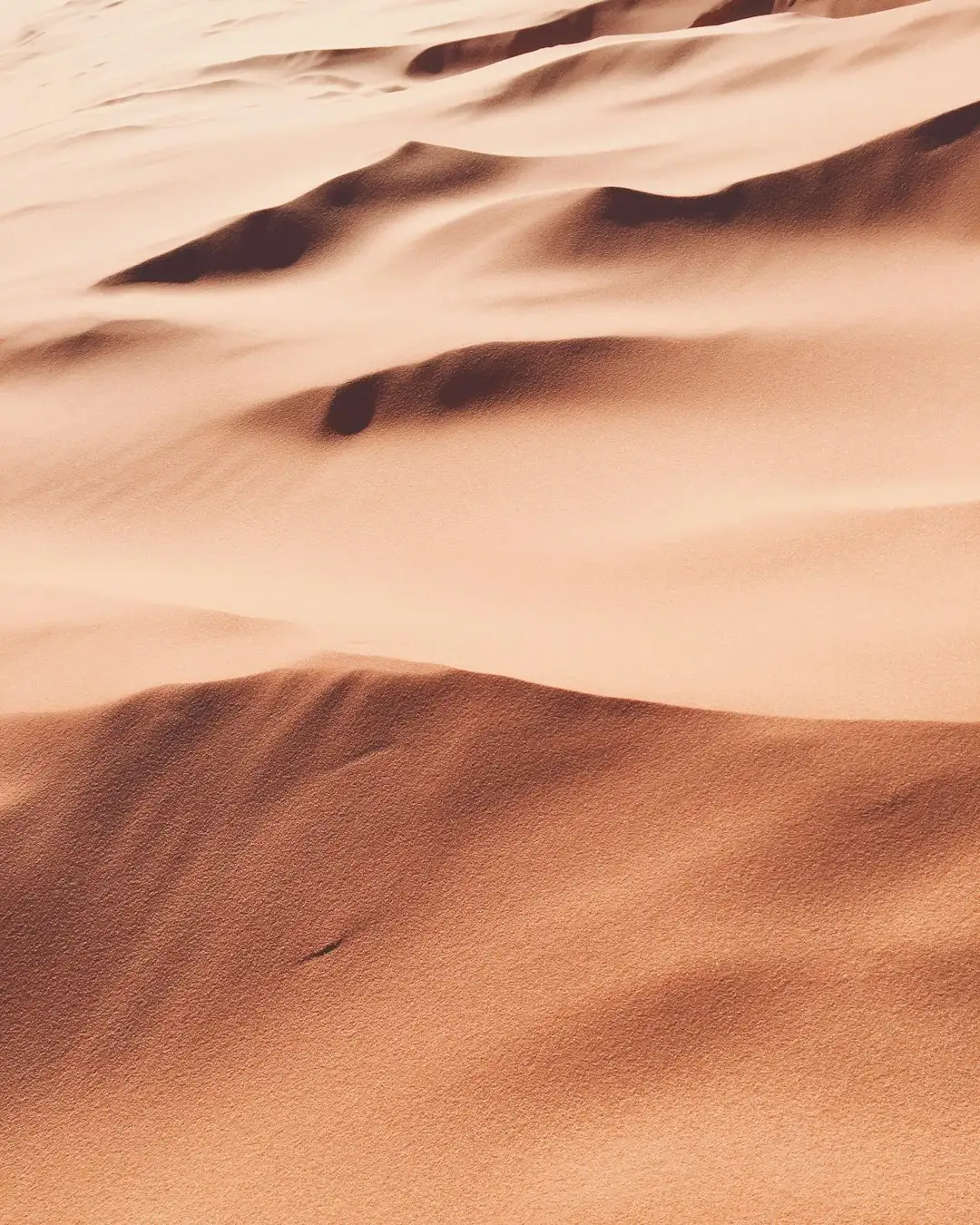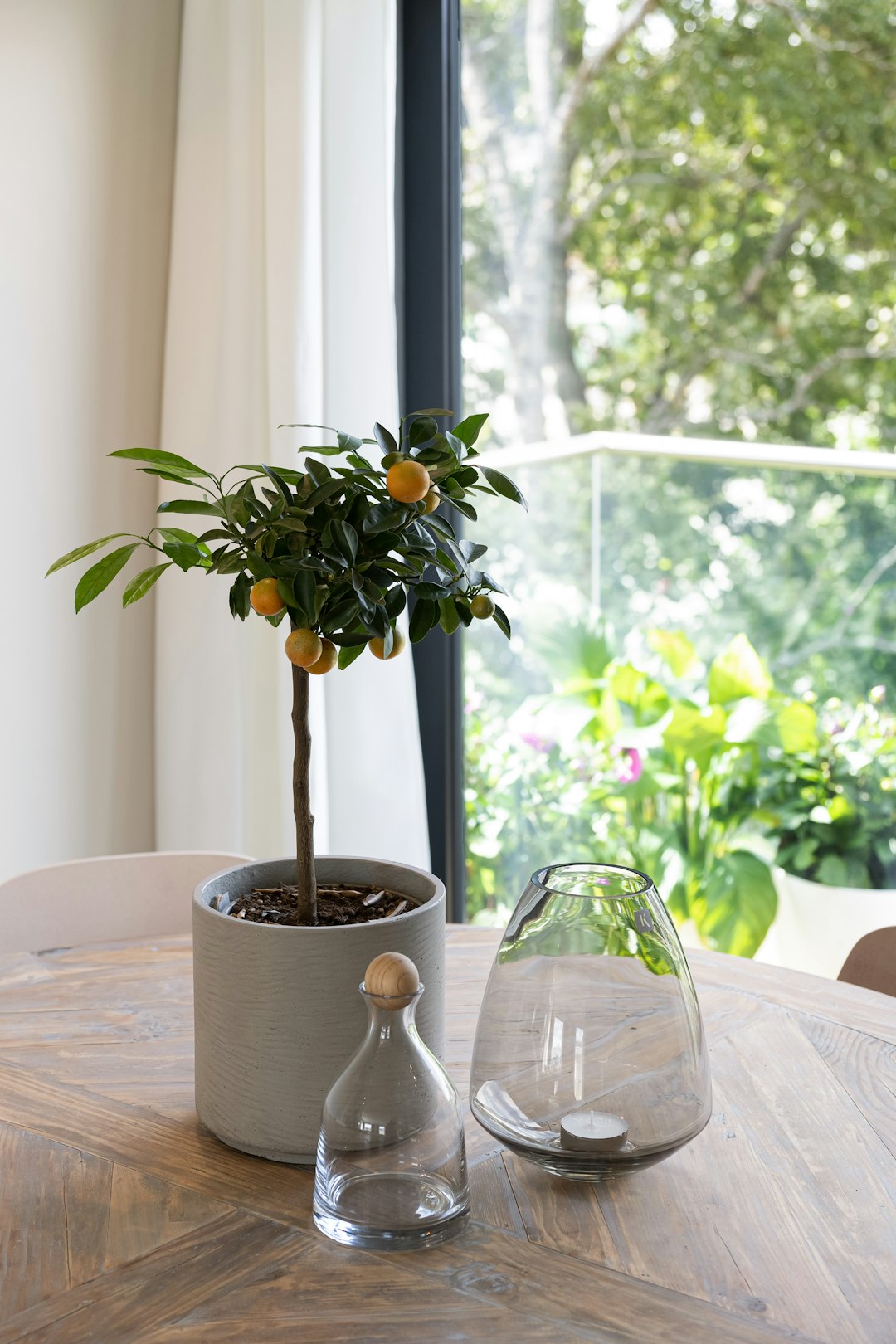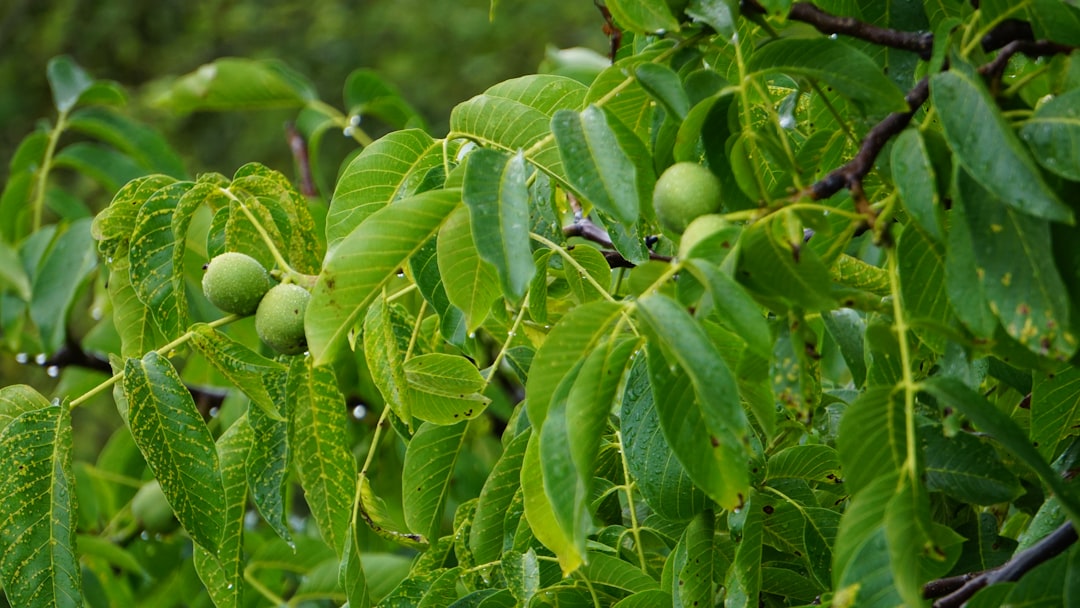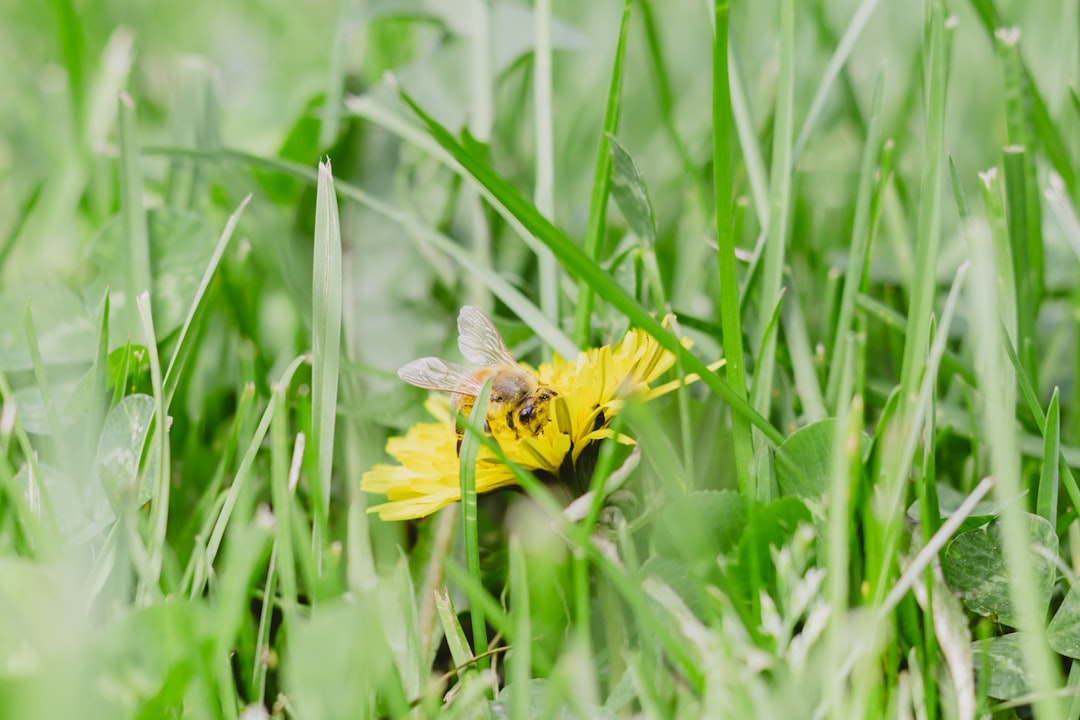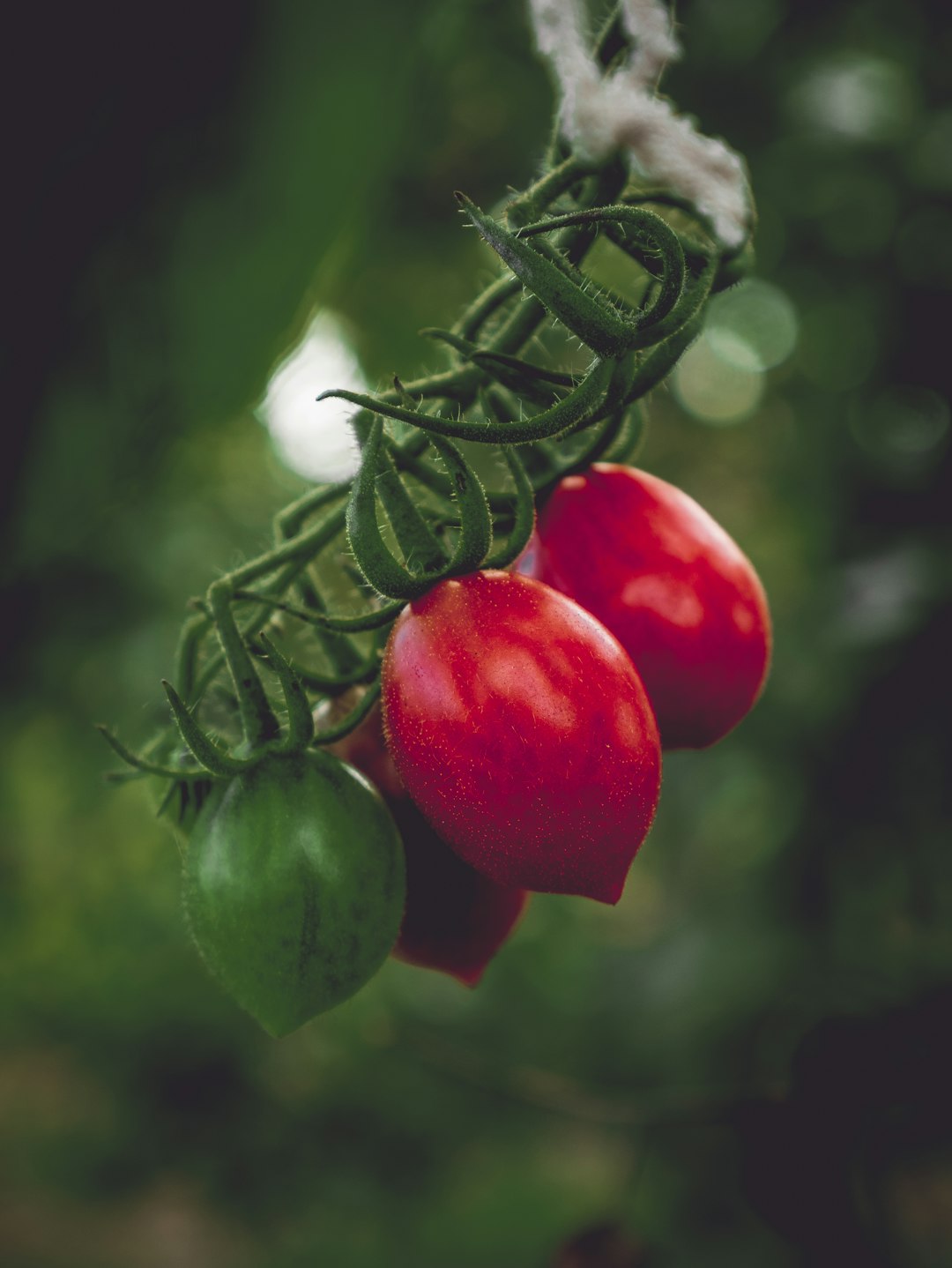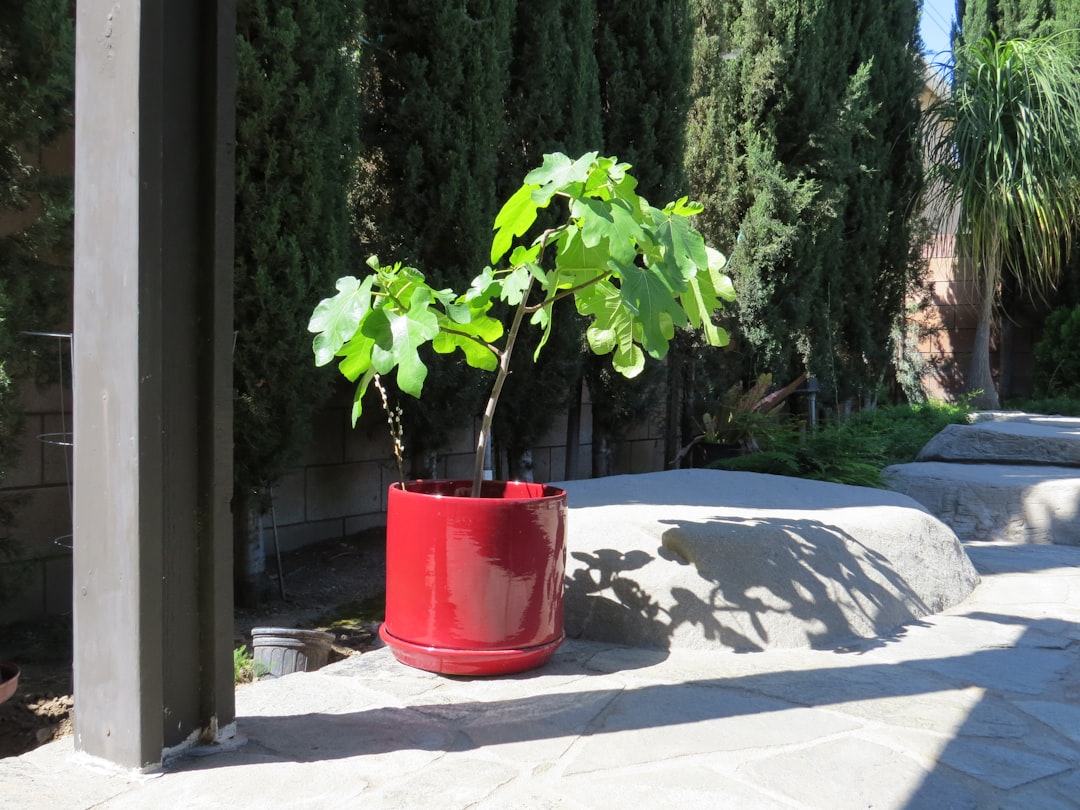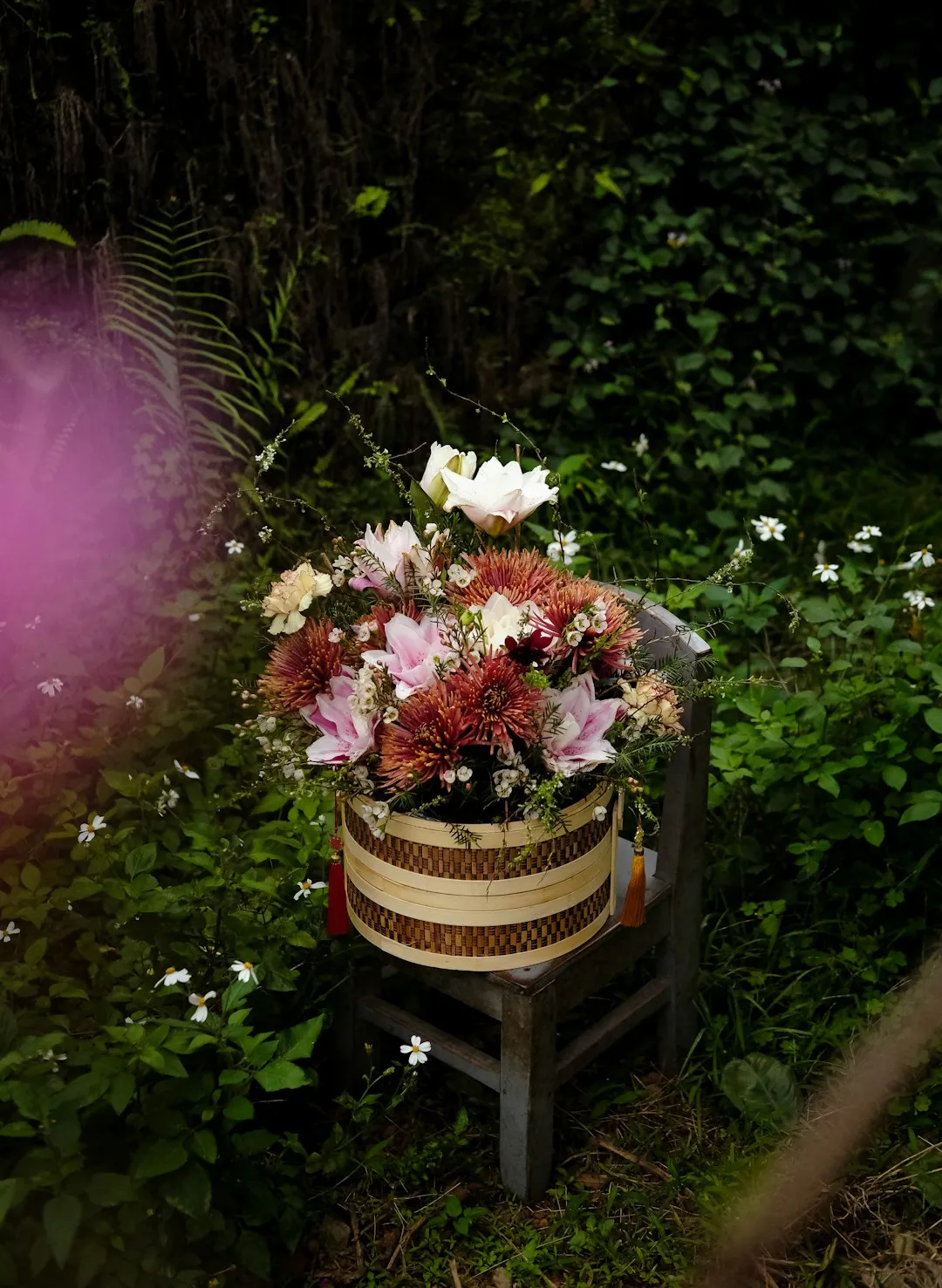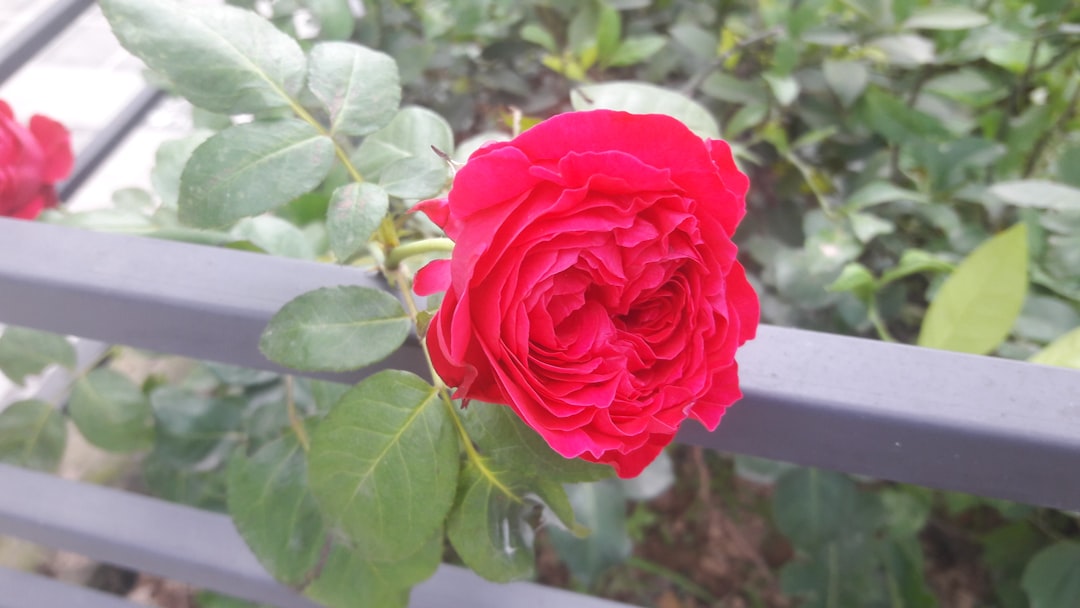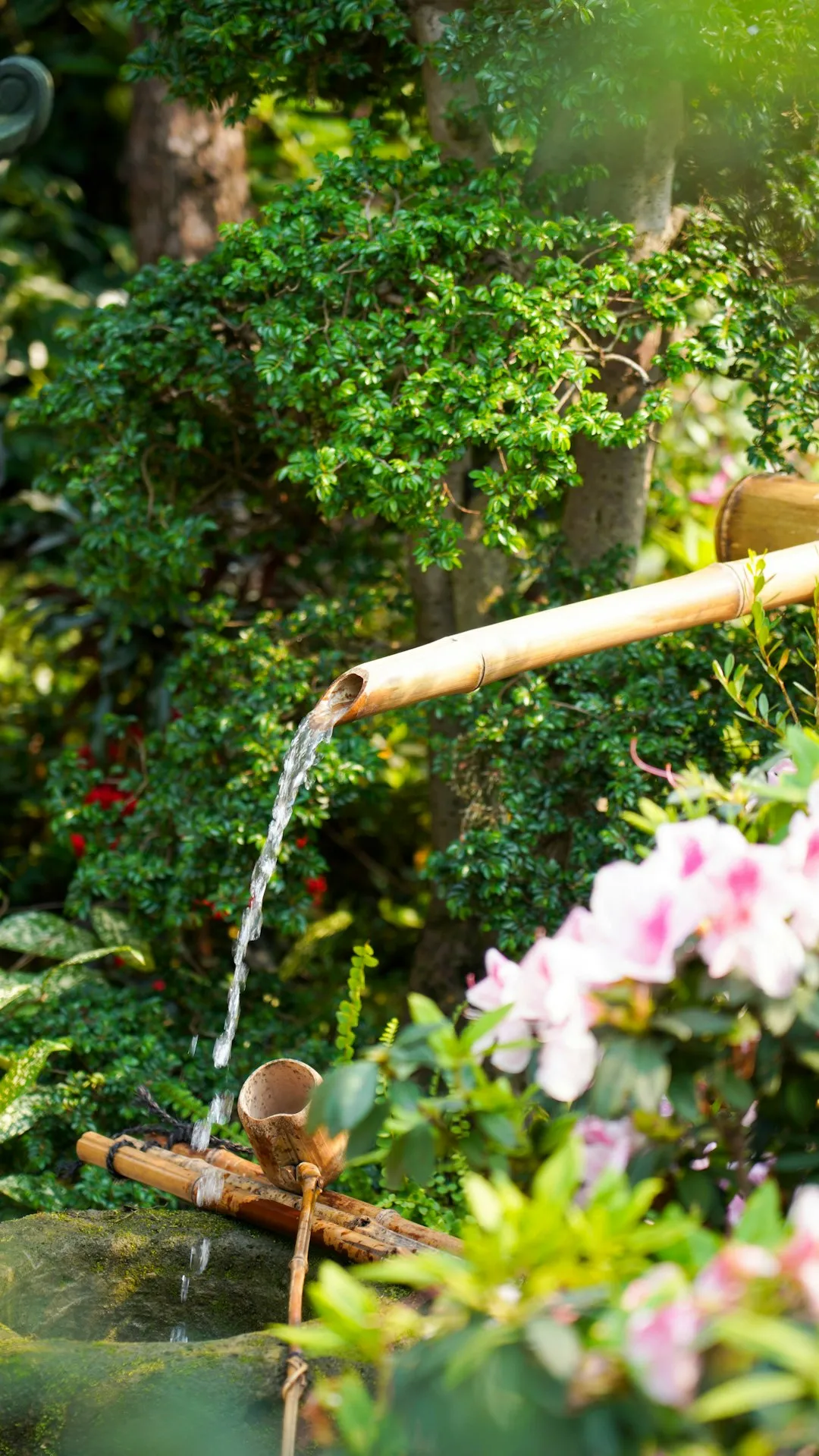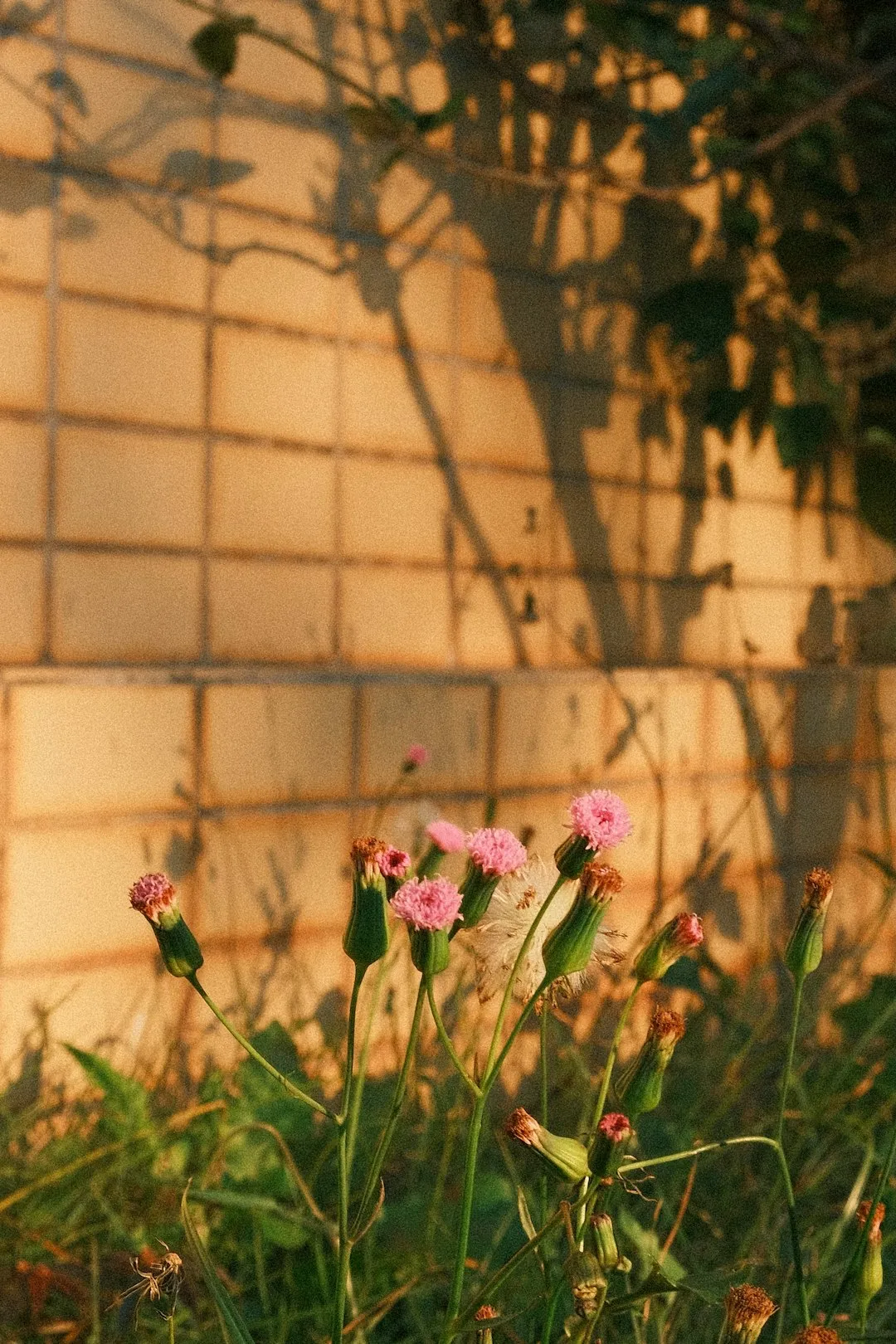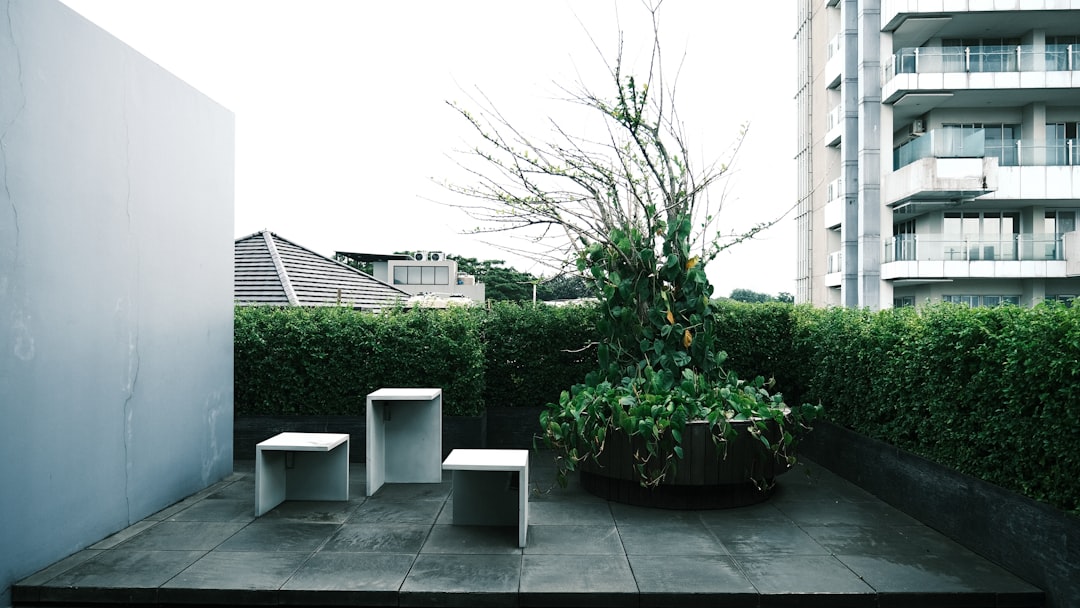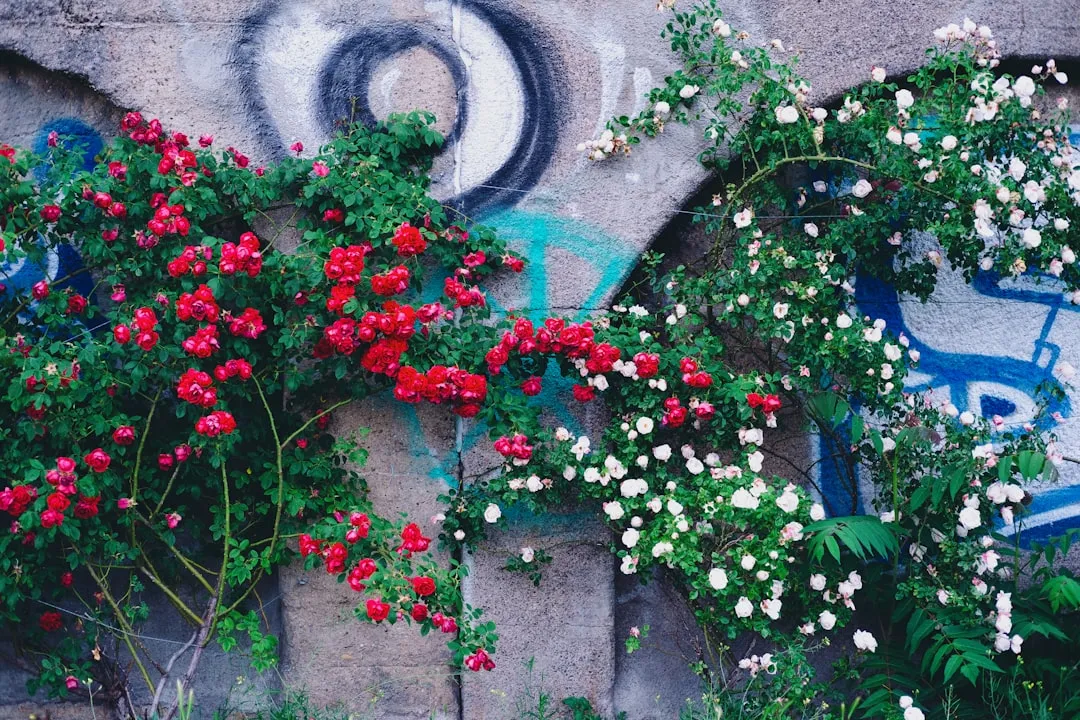As the sweltering summer heat arrives, one of the most pressing concerns for garden enthusiasts is how to keep their plants hydrated without breaking the bank on the monthly water bill. In this guide, we'll explore a variety of effective strategies to water your lawn and garden economically while maintaining a lush and beautiful yard.
First and foremost, it's crucial to understand the water needs of your plants. Different types of plants have varying requirements, and over - watering can be just as harmful as under - watering. For instance, succulents and cacti are drought - tolerant and need minimal water, while vegetables and annual flowers generally require more frequent watering. Research the specific needs of each plant in your garden and group them together based on their water requirements. This way, you can water them more efficiently, avoiding waste.
One of the best times to water your garden is early in the morning. The temperatures are cooler, and there is less wind, which means less water is lost to evaporation. Watering in the evening can also be an option, but be careful as wet foliage overnight can encourage the growth of fungi and diseases. When you water, aim for the base of the plants rather than spraying water over the leaves. This ensures that the water goes directly to the roots where it's needed most.
Investing in a good irrigation system can significantly reduce water waste. Drip irrigation systems are an excellent choice for gardens. They deliver water slowly and directly to the soil, minimizing evaporation and runoff. You can set up a timer for your drip irrigation system, so it waters your plants at the optimal times. Another option is soaker hoses, which are porous and release water along their length, providing a gentle and even distribution of water to the plants.
Mulching is another powerful tool in your water - saving arsenal. A layer of mulch, such as wood chips, straw, or shredded leaves, helps to retain soil moisture by reducing evaporation. It also suppresses weed growth, which can compete with your plants for water. Apply a 2 - 3 inch layer of mulch around your plants, being careful not to pile it up against the stems. This will not only save water but also improve the overall health of your garden.
Regularly check your garden for leaks in hoses, sprinklers, or irrigation systems. A small leak can waste a significant amount of water over time. Inspect your equipment frequently and repair any leaks promptly. Also, make sure that your sprinklers are properly adjusted to cover only the areas that need watering. Avoid watering sidewalks, driveways, or other non - garden areas.
Rainwater harvesting is an eco - friendly and cost - effective way to water your garden. You can install a rain barrel to collect rainwater from your roof. This water is free and free of chemicals, making it ideal for your plants. Use the collected rainwater to water your garden during dry spells, and you'll notice a significant reduction in your water bill.
Finally, consider the type of grass you have in your lawn. Some grass varieties are more drought - tolerant than others. For example, Bermuda grass and Zoysia grass are known for their ability to withstand dry conditions. If you're planning to install a new lawn or renovate an existing one, choose a drought - tolerant grass species. Additionally, adjust your mowing height. Keeping your grass a bit longer can help it retain moisture and shade the soil, reducing evaporation.
In conclusion, with a little planning and the right techniques, you can keep your garden looking beautiful while keeping your water costs in check. By understanding your plants' water needs, using efficient watering methods, and implementing water - saving strategies like mulching and rainwater harvesting, you'll be well on your way to a more sustainable and cost - effective garden this summer.



